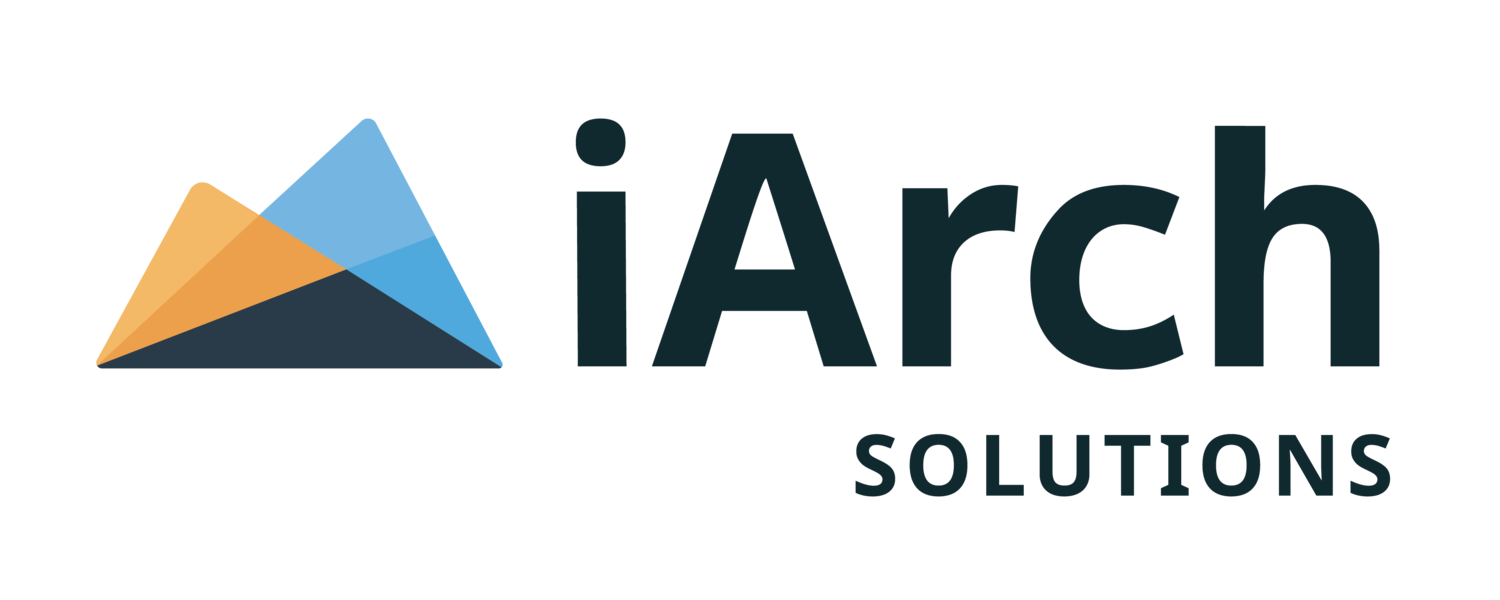Watch Webinar - Moving On: Shifting your On Premise EPM to OCI
Thank you to those who joined our Moving On: Shifting your On Premise EPM to OCI webinar presented by Joe Malewicki and Jeff Henkel. If you missed the webinar you can still watch it at the link below followed by the Q&A from the webinar. Contact us today to discuss your options and get a non obligation quote.
Webinar Q&A
Q: What are the essential things that must be followed before going for cloud infrastructure?
A: Understanding your sizing and needs in the current environment, and right-sizing the future state OCI architecture to match.
Q: What does the training and implementation process look like?
A: OCI has lots of training options, with videos and checks/tests to verify your understanding. In terms of implementation it’s as easy as starting with an OCI free account. From there, it’s best to build the framework of your OCI environment to be an extension of your existing on-premise data center, and then build-out from there.
Q: What will maintenance look like after the initial implementation, and will there be a need for additional investments.
A: Maintenance is similar to what you have today, mostly patching of OS and application level objects. Aside from potential training, there shouldn’t be need for additional investments.
Q: Do you have access to live data when it’s needed?
A: Yes, you have access to live data as needed.
Q: Not really a question but an FYI. Maintenance on OCI the OS management is easier through the OCI Console and can be scripted.
A: Excellent observation. There are wonderful scripting options for management of hosts, processes and even logs in OCI.
Q: If you have 3 environments; Prod, Dev, QA that is 9 servers with separate SQL RDBS instances so $1,200/mo for each environment?
A: Essentially yes. The other cost item would be SQL Server licensing which isn’t accounted for here. One other item of note is sizing matters, more horsepower would cost more dollars, but assuming your current server sizing is close to ours here, it should be similar.

